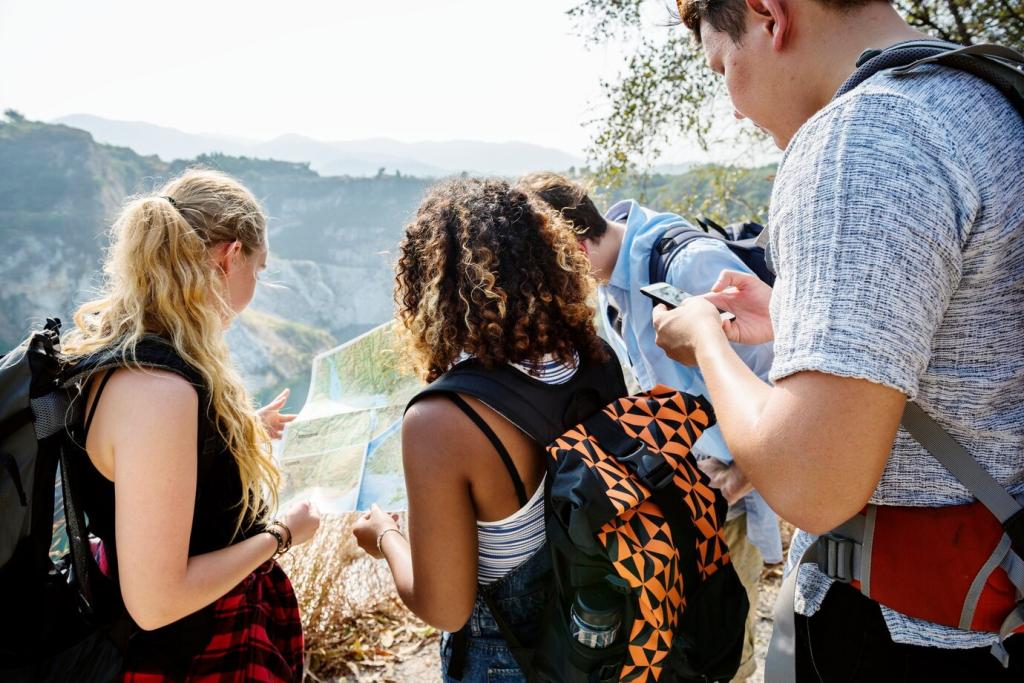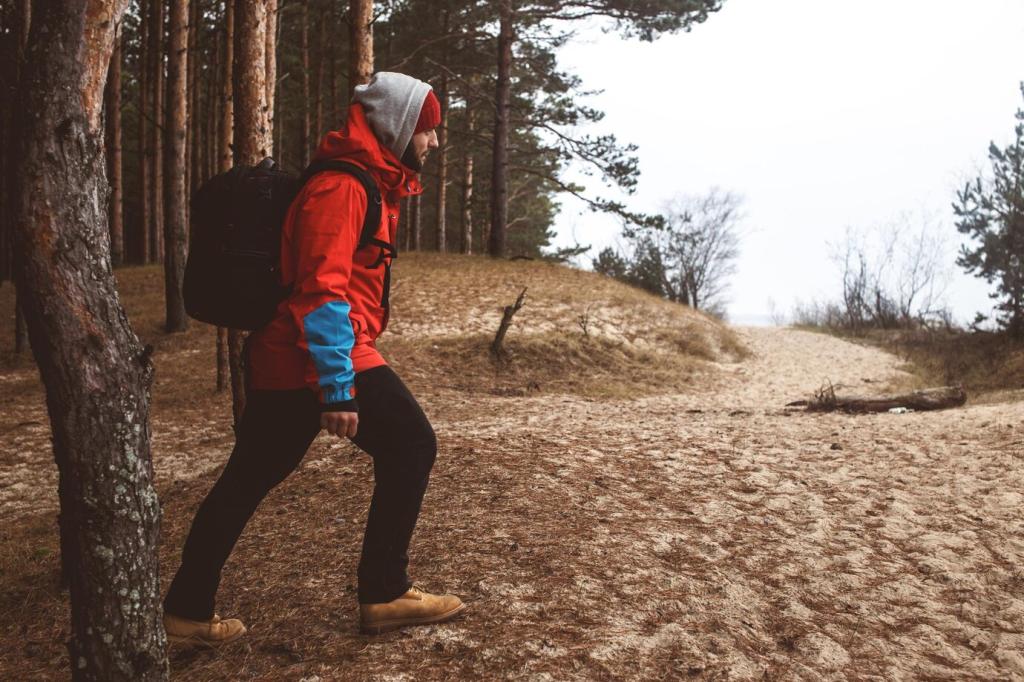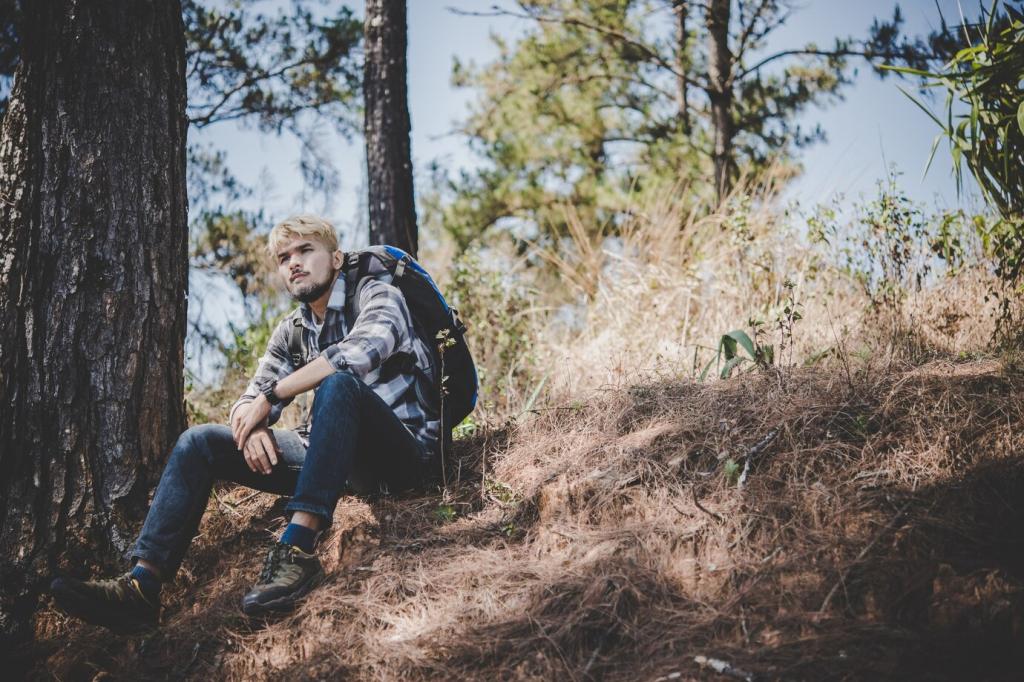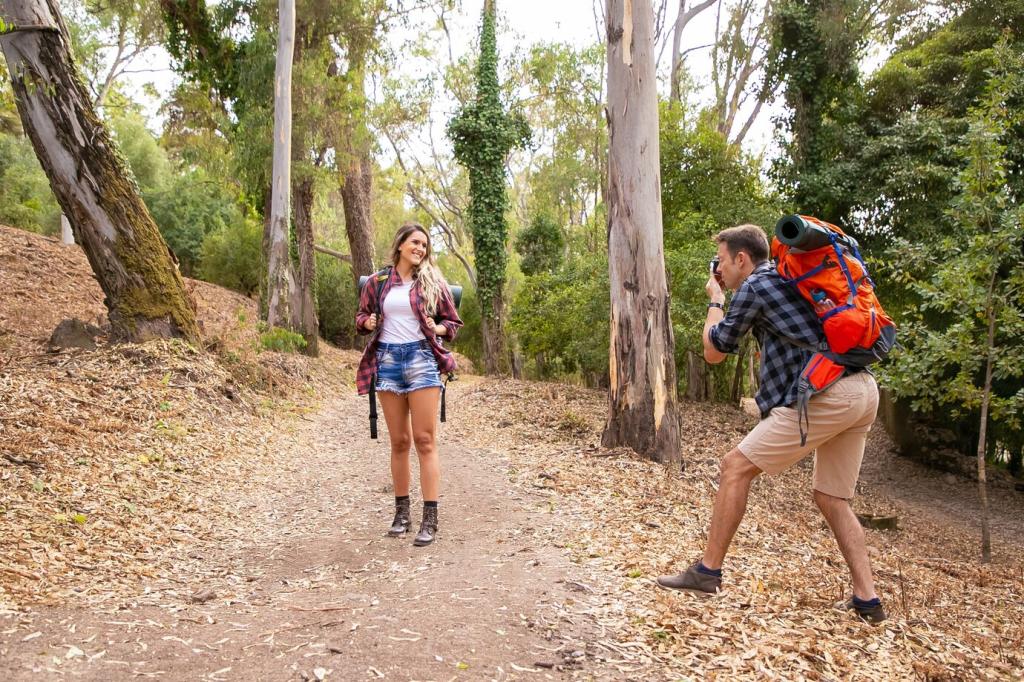Start Small, Breathe Deep: Guided Eco-Trails for Novice Adventurers
Chosen theme: Guided Eco-Trails for Novice Adventurers. Step into the outdoors with gentle guidance, low-impact practices, and stories that make nature feel welcoming. New here? Subscribe for beginner-friendly trail ideas, seasonal tips, and invites to join future community walks.
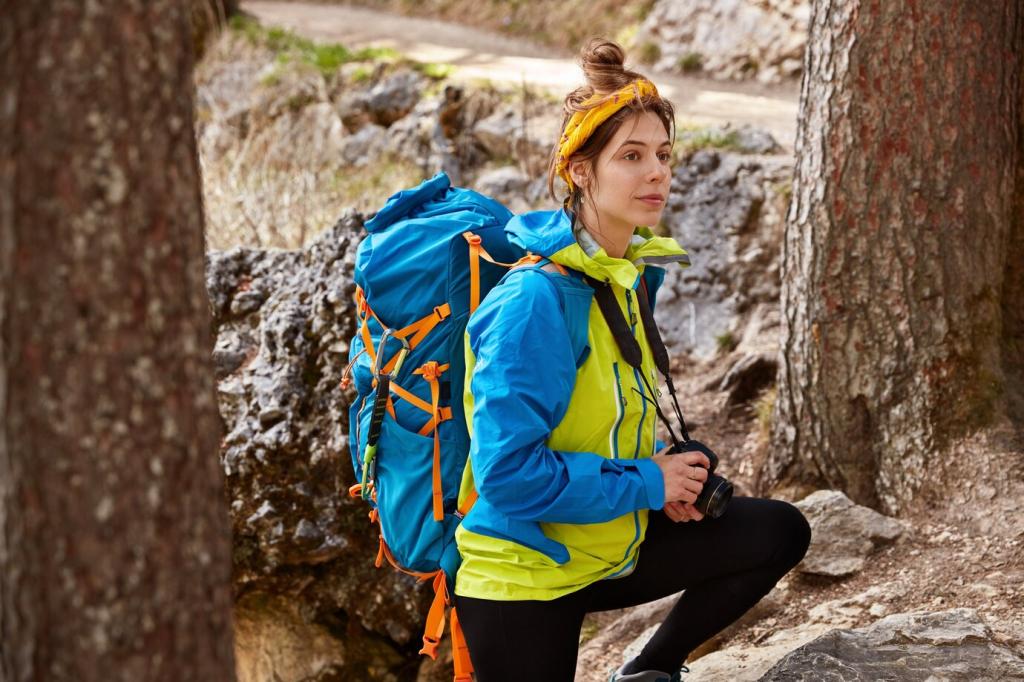
What a Guided Eco-Trail Really Is
Nature-first guidance, beginner-friendly pacing
A guided eco-trail centers curiosity and care. Your guide sets a steady, conversational pace, plans gentle breaks, and explains what you see—soil crusts, bird calls, and plant communities—so you leave with confidence and a deeper appreciation for living systems.

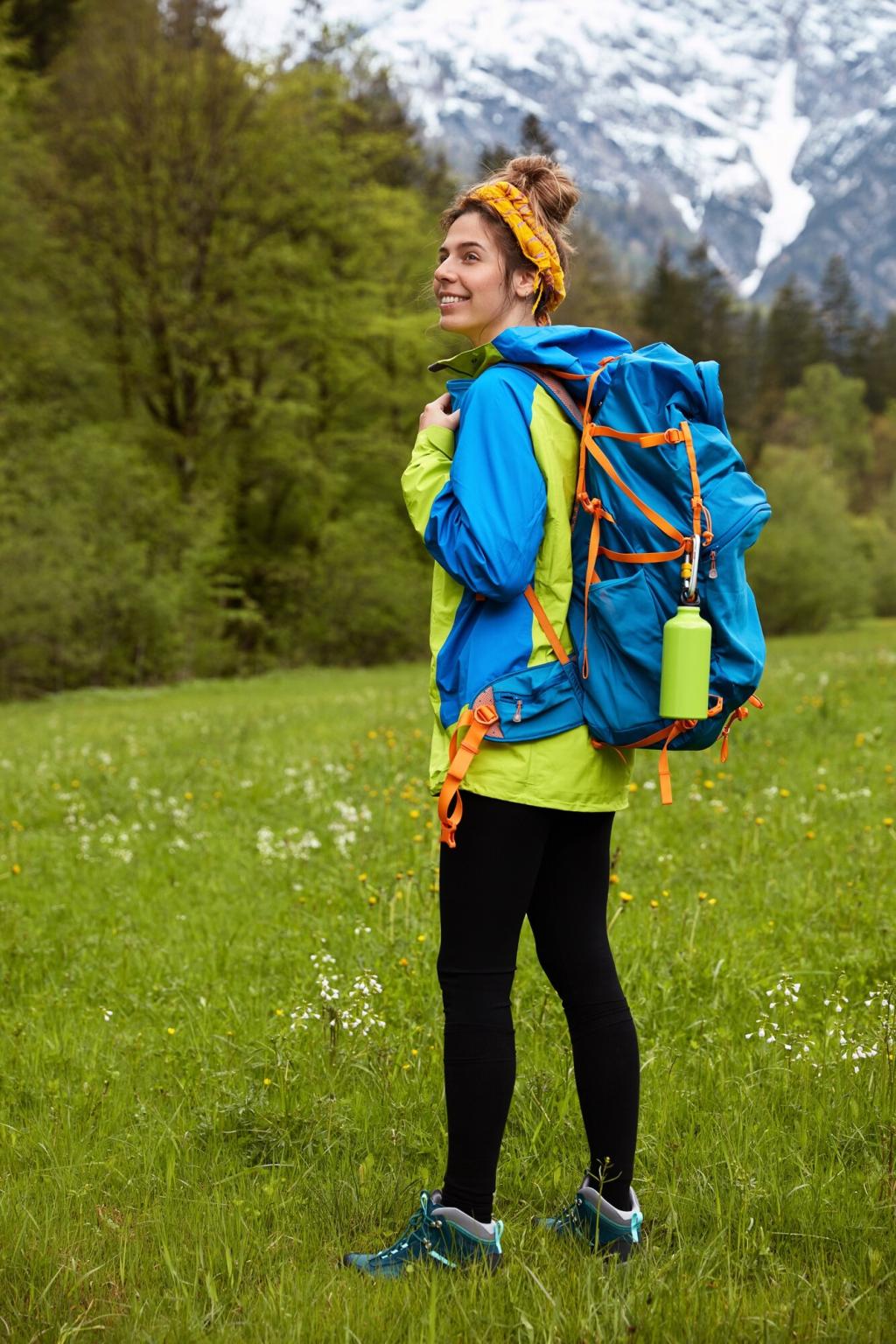
A gentle first step into adventure
On her first outing, Maya worried about slowing the group. Ten minutes in, the guide paused at a mossy boardwalk, invited everyone to listen, and the dawn chorus answered. Her nerves softened, replaced by wonder, and she finished smiling and proud.
Choosing Your First Route Without Guesswork
Decode trail descriptions and ratings
Look for total distance, elevation gain, surface type, and typical conditions. For first timers, trails under five miles with less than five hundred feet of gain are ideal. Loop routes simplify navigation and reduce stress, keeping joy front and center.
Match the trail to your interests
Love waterfalls, wildflowers, or city greenways? Choose a trail that sparks your curiosity, not someone else’s bragging rights. Interest-based routes make learning natural history feel playful, turning each overlook, scent of pine, and birdsong into a small celebration.
Season and timing considerations
Early mornings offer cooler temperatures and calmer paths, while golden hour softens light for photos. Spring highlights blooms and birds; autumn adds color and crisp air. Ask your guide about shade, water sources, and backups if weather changes unexpectedly.
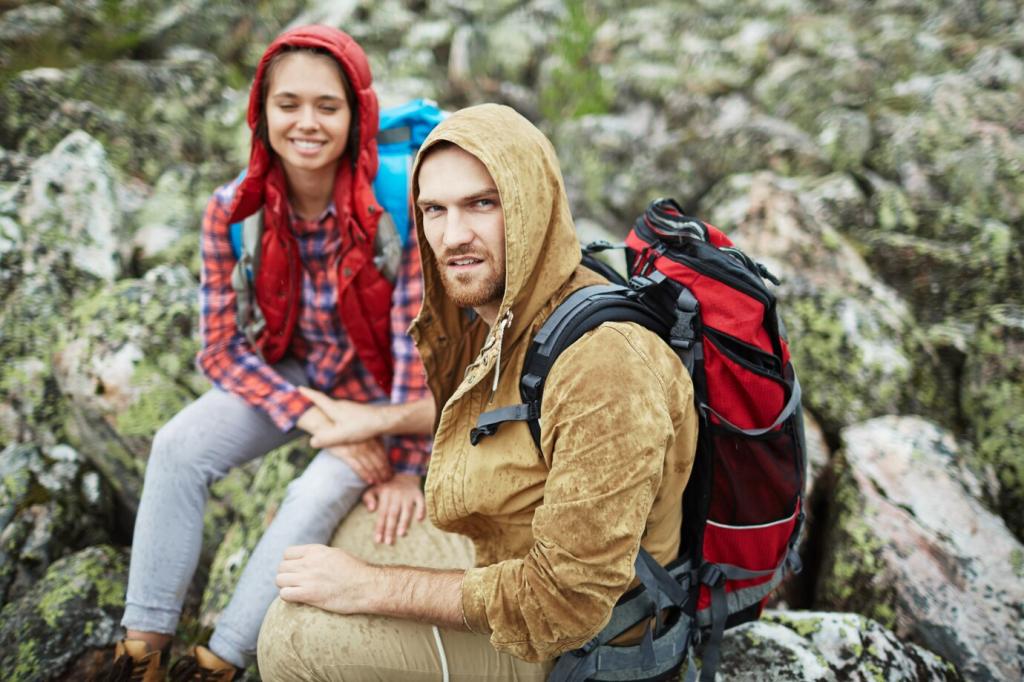
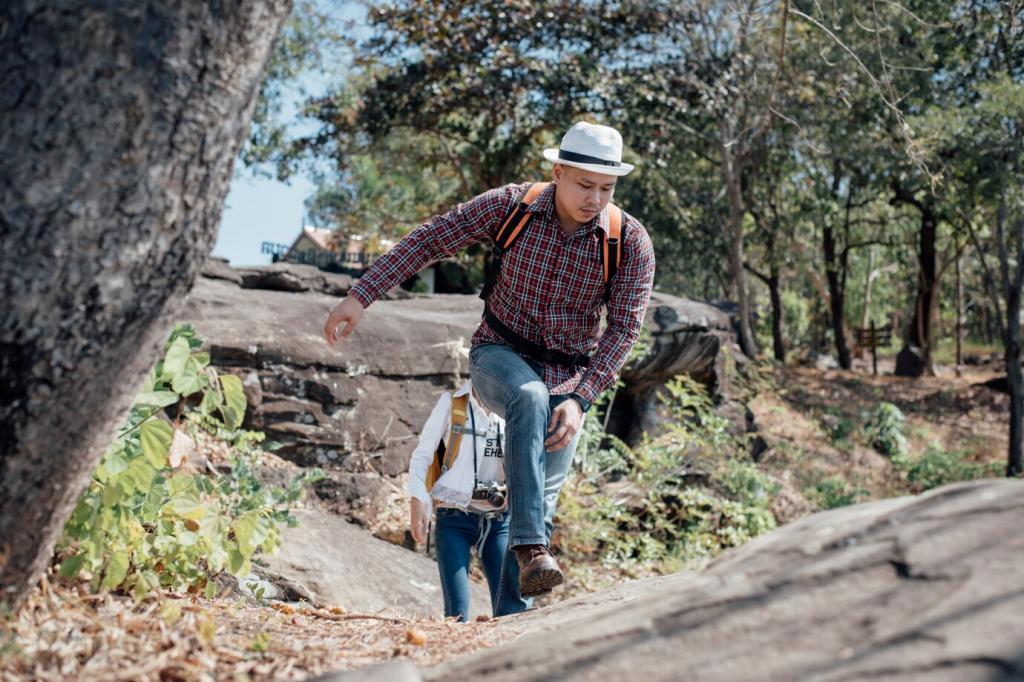
Pack Light, Tread Light: Beginner Gear Essentials
Bring a filled reusable bottle, comfortable broken-in shoes, breathable layers, sun protection, a small first-aid pouch, snacks you enjoy, and a light rain shell. Avoid heavy cotton, pick moisture-wicking socks, and keep everything in a small, stable daypack.
Pack Light, Tread Light: Beginner Gear Essentials
Before purchasing, explore lending libraries, outdoor co-ops, and friend swaps. Borrowing trekking poles or daypacks reduces waste and cost. Many community centers rent gear affordably, letting you try options, refine preferences, and build confidence before committing to anything permanent.
Leave No Trace, Learned the Friendly Way
Boardwalks, rock, and established paths protect delicate roots and soils. You will still see magic up close—lichens on rails, beetles under logs, textures of bark—while leaving the living carpet intact for the next curious walker and the seasons ahead.
Leave No Trace, Learned the Friendly Way
Microtrash matters: tea tags, snack corners, and orange peels do not belong outdoors. Bring a small zip bag, collect your scraps, and model the habit. It is simple, satisfying, and keeps trails as bright as the memories you create.
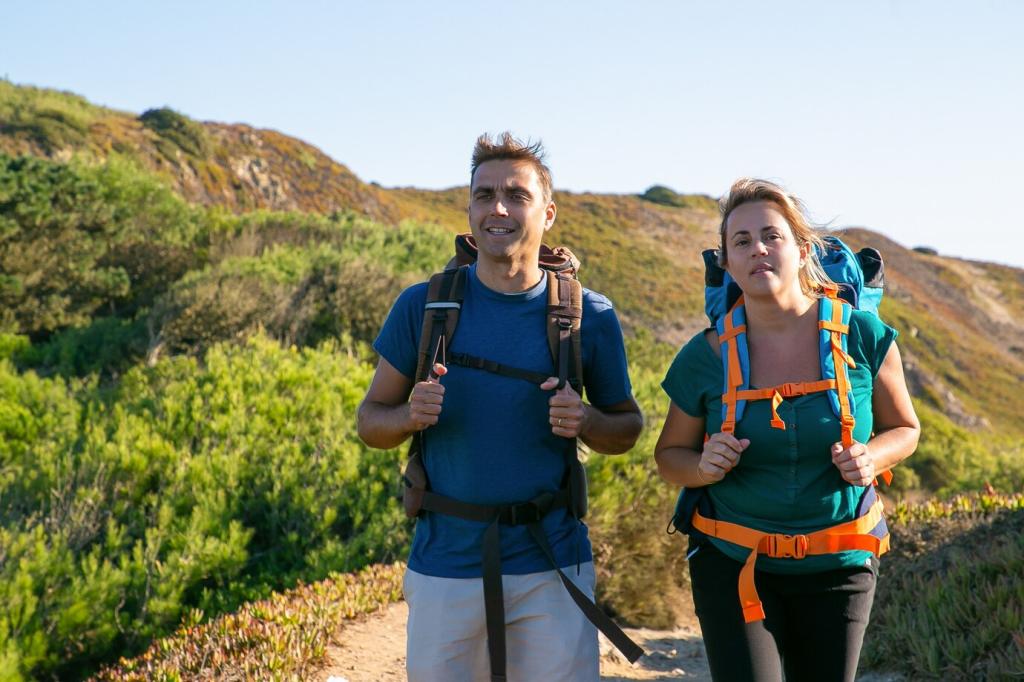
Safety and Confidence with a Professional Guide
What your guide quietly manages
Behind the scenes, your guide monitors time, trail conditions, and group energy, choosing shaded breaks and alternate routes when needed. They carry navigation tools and emergency items, allowing you to focus on noticing wind in trees and water over stone.
